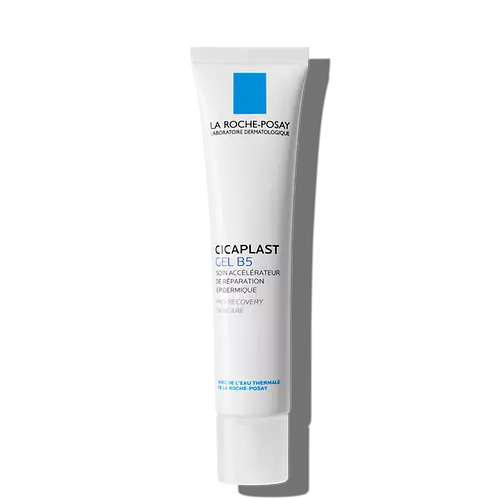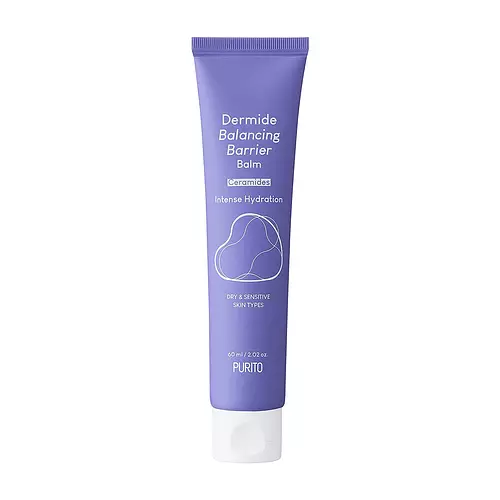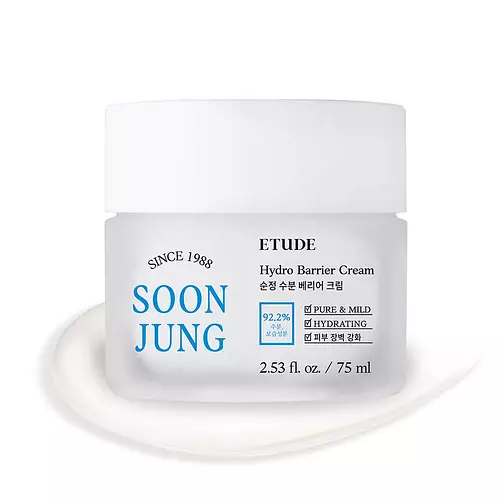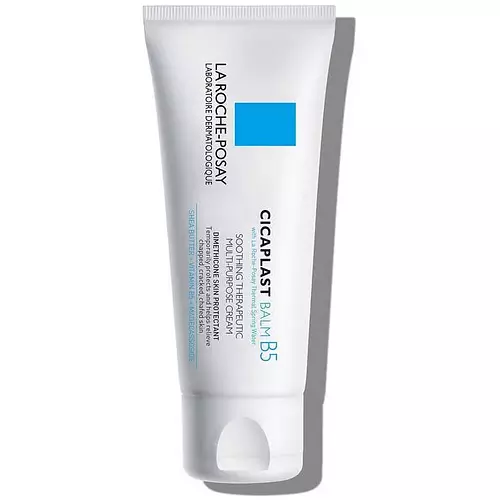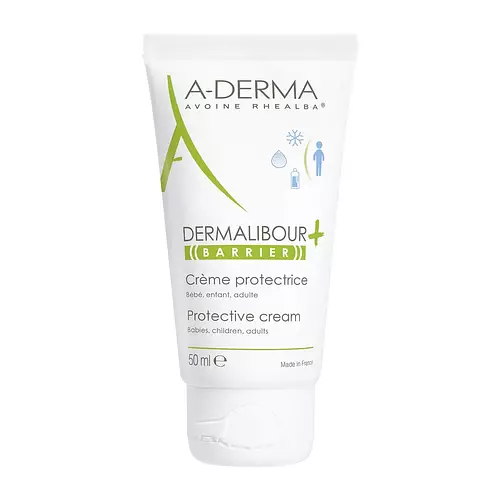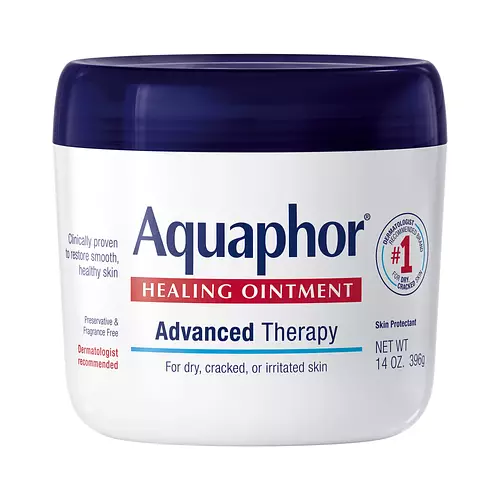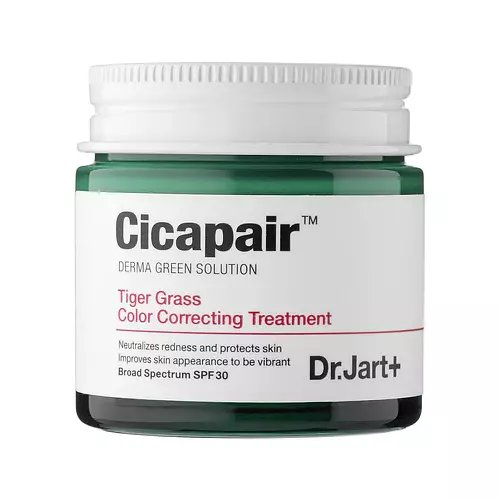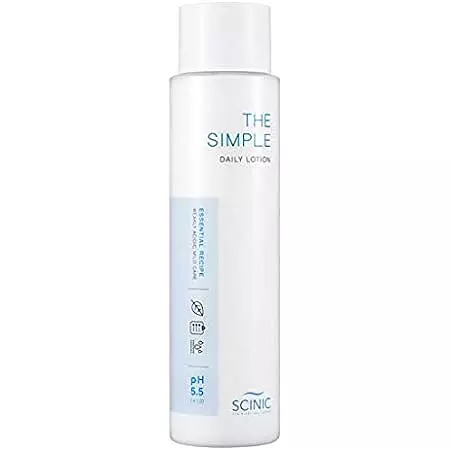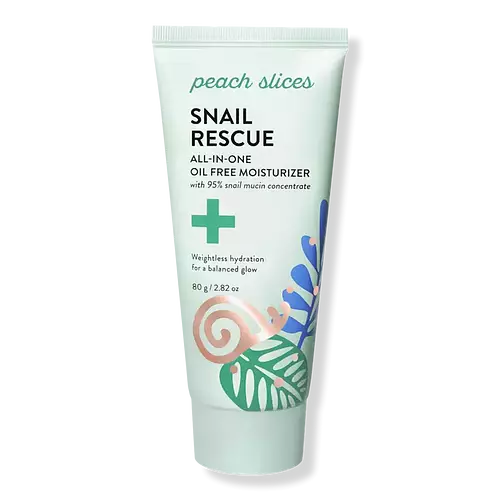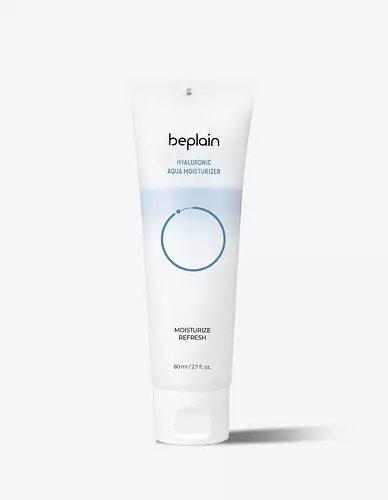Updated on February 13, 2024
Overview
What they are
These products are both reef safe . They have a total of 5 ingredients in common
Cool Features
They both contain hyaluronic acid and Vitamin E
Suited For
They're both likely to be good for dry skin, brightening skin and sensitive skin
Free From
They both do not contain any harsh alcohols, common allergens, fragrances, parabens or sulfates
We independently verify ingredients, and our claims are backed by peer-reviewed research. Spot a product that needs an update? Let us know.
Ingredient Info
La Roche-Posay Cicaplast Gel B5 19 ingredients
PURITO Dermide Balancing Barrier Balm 38 ingredients
- Pentaerythrityl Tetraisostearate
- Cetearyl Alcohol
- Polyglyceryl-3 Diisostearate
- Sorbitan Stearate
- Glyceryl Stearate Citrate
- Palmitic Acid
- Mangifera Indica Seed Butter
- Macadamia Ternifolia Seed Oil
- Sorbitan Oleate
- Sucrose Cocoate
- Brassica Campestris Sterols
- Polyglyceryl-10 Laurate
- Myristic Acid
- Stearic Acid
At a glance
Click on any of the items below to learn more
La Roche-Posay Cicaplast Gel B5 19 ingredients
PURITO Dermide Balancing Barrier Balm 38 ingredients
Notable Ingredients
This product contains 1 ingredient that may have this attribute:
This product contains 1 ingredient that may have this attribute:
Benefits
This product contains 1 ingredient that may have this attribute:
This product contains 2 ingredients that may have this attribute:
This product contains 2 ingredients that may have this attribute:
Notable Ingredients
This product contains 1 ingredient that may have this attribute:
This product contains 3 ingredients that may have this attribute:
This product contains 1 ingredient that may have this attribute:
Benefits
This product contains 5 ingredients that may have this attribute:
This product contains 2 ingredients that may have this attribute:
This product contains 1 ingredient that may have this attribute:
This product contains 2 ingredients that may have this attribute:
This product contains 1 ingredient that may have this attribute:
This product contains 2 ingredients that may have this attribute:
Concerns
This product contains 1 ingredient that may have this attribute:
This product contains 3 ingredients that may have this attribute:
This product contains 2 ingredients that may have this attribute:
This product contains 1 ingredient that may have this attribute:
Ingredients Side-by-side
Ingredients Explained
These ingredients are found in both products.
Ingredients higher up in an ingredient list are typically present in a larger amount.
Water. It's the most common cosmetic ingredient of all. You'll usually see it at the top of ingredient lists, meaning that it makes up the largest part of the product.
So why is it so popular? Water most often acts as a solvent - this means that it helps dissolve other ingredients into the formulation.
You'll also recognize water as that liquid we all need to stay alive. Talk about multi-purpose! If you see this, drink a glass of water. Stay hydrated!
Learn more about WaterGlycerin is already naturally found in your skin. It helps moisturize and protect your skin.
A study from 2016 found glycerin to be more effective as a humectant than AHAs and hyaluronic acid.
As a humectant, it helps the skin stay hydrated by pulling moisture to your skin. The low molecular weight of glycerin allows it to pull moisture into the deeper layers of your skin.
Hydrated skin improves your skin barrier; Your skin barrier helps protect against irritants and bacteria.
Glycerin has also been found to have antimicrobial and antiviral properties. Due to these properties, glycerin is often used in wound and burn treatments.
In cosmetics, glycerin is usually derived from plants such as soybean or palm. However, it can also be sourced from animals, such as tallow or animal fat.
This ingredient is organic, colorless, odorless, and non-toxic.
Glycerin is the name for this ingredient in American English. British English uses Glycerol/Glycerine.
Learn more about GlycerinSodium Hyaluronate is hyaluronic acid's salt form. It is commonly derived from the sodium salt of hyaluronic acid.
Like hyaluronic acid, it is great at holding water and acts as a humectant. This makes it a great skin hydrating ingredient.
Sodium Hyaluronate is naturally occurring in our bodies and is mostly found in eye fluid and joints.
These are some other common types of Hyaluronic Acid:
Learn more about Sodium HyaluronateCaprylyl Glycol is a humectant and emollient, meaning it attracts and preserves moisture.
It is a common ingredient in many products, especially those designed to hydrate skin. The primary benefits are retaining moisture, skin softening, and promoting a healthy skin barrier.
Though Caprylyl Glycol is an alcohol derived from fatty acids, it is not the kind that can dry out skin.
This ingredient is also used as a preservative to extend the life of products. It has slight antimicrobial properties.
Learn more about Caprylyl GlycolTocopherol (also known as Vitamin E) is a common antioxidant used to help protect the skin from free-radicals and strengthen the skin barrier. It's also fat soluble - this means our skin is great at absorbing it.
Vitamin E also helps keep your natural skin lipids healthy. Your lipid skin barrier naturally consists of lipids, ceramides, and fatty acids. Vitamin E offers extra protection for your skin’s lipid barrier, keeping your skin healthy and nourished.
Another benefit is a bit of UV protection. Vitamin E helps reduce the damage caused by UVB rays. (It should not replace your sunscreen). Combining it with Vitamin C can decrease sunburned cells and hyperpigmentation after UV exposure.
You might have noticed Vitamin E + C often paired together. This is because it is great at stabilizing Vitamin C. Using the two together helps increase the effectiveness of both ingredients.
There are often claims that Vitamin E can reduce/prevent scarring, but these claims haven't been confirmed by scientific research.
Learn more about TocopherolIngredient Ratings
Here's what our community thinks of the ingredients in these two products.
When to use
La Roche-Posay Cicaplast Gel B5 19 ingredients
PURITO Dermide Balancing Barrier Balm 38 ingredients

Reviews
Here's what our community thinks
La Roche-Posay Cicaplast Gel B5 19 ingredients
jazzzzz1
After searching high and low for yeeeeaars to find a moisturiser that didn't break my acne-prone oily skin out, I finally found one that works for...
After searching high and low for yeeeeaars to find a moisturiser that didn't break my acne-prone oily skin out, I finally found one that works for me. Not only has this helped calm my inflamed acne, it leaves my skin feeling really hydrated. I wrecked my skin barrier by overusing Differin and this was the only thing that helped repair my skin barrier and didn't break me out. I used the Cicaplast balm before this and although it soothed my skin, I found it to be too heavy and I was worried about the comedogenic ingredients.
The only thing I don't like about it is it can make my skin look little shiny and feels quite silicone-y on the skin, so for most people it will probably be best to use at night. I use it morning and night and haven't had any issues with it pilling under my foundation.
SarahS
Love it!!!!! I used it on my face that had broken out really bad from rosacea and it worked wonders. I used it after la Roche posay brightening...
Love it!!!!! I used it on my face that had broken out really bad from rosacea and it worked wonders. I used it after la Roche posay brightening face wash and a moisturizer.
